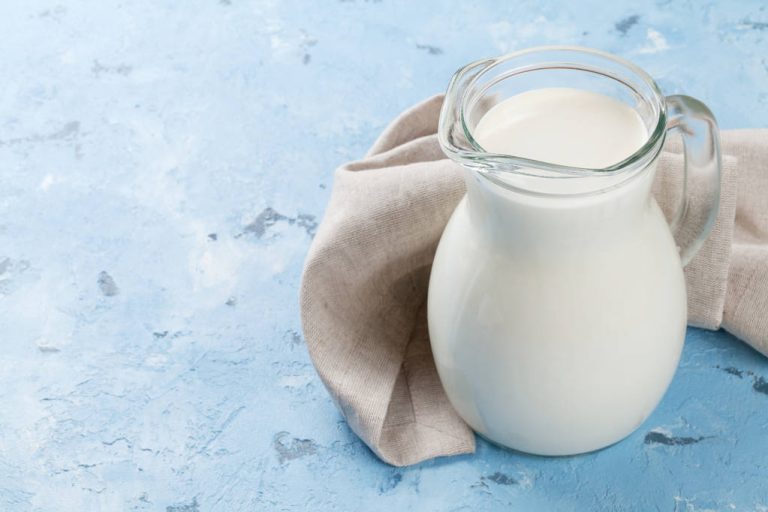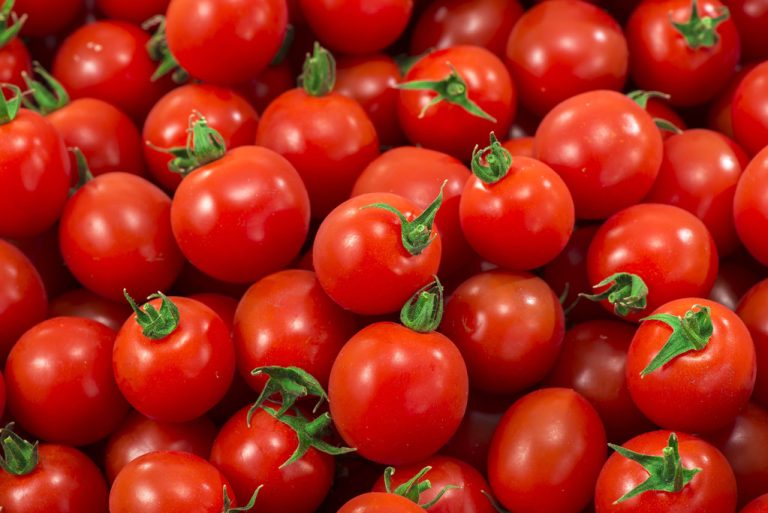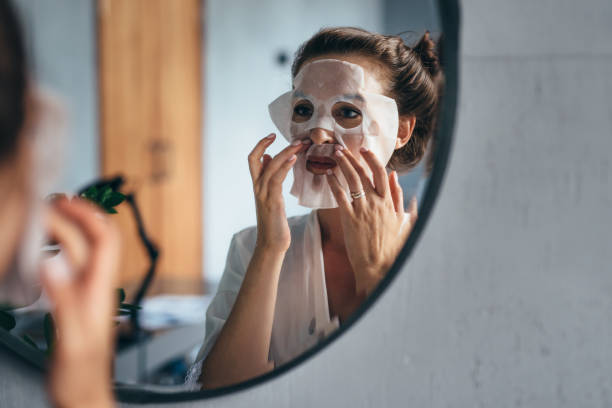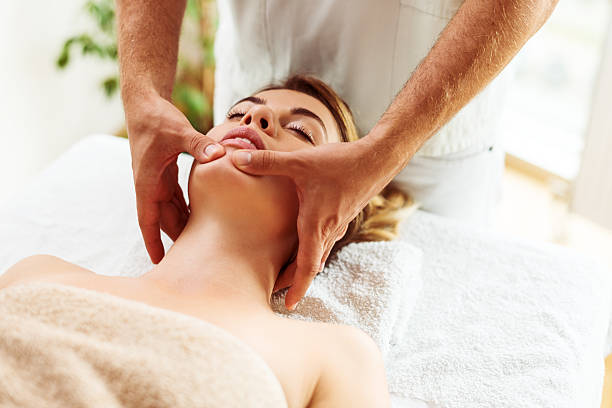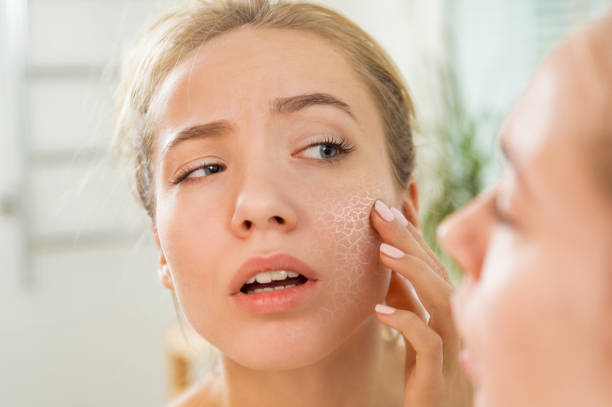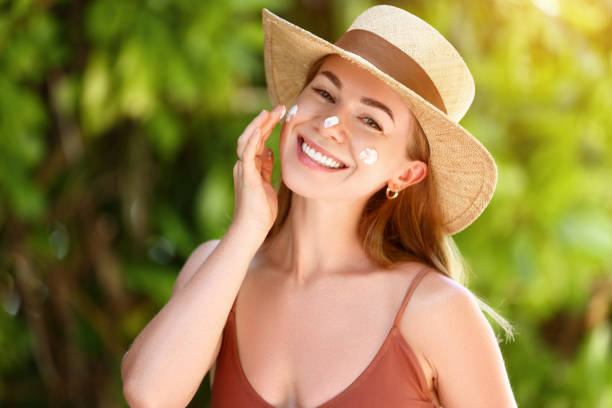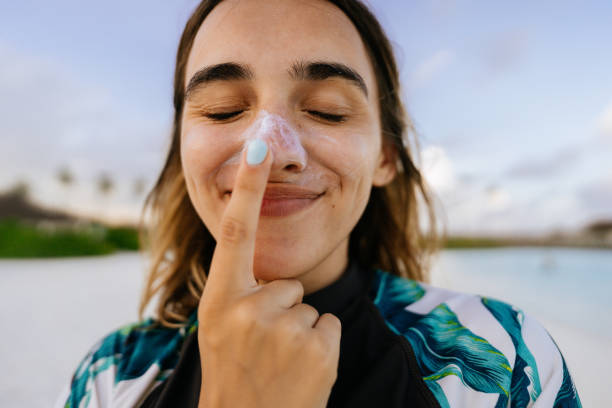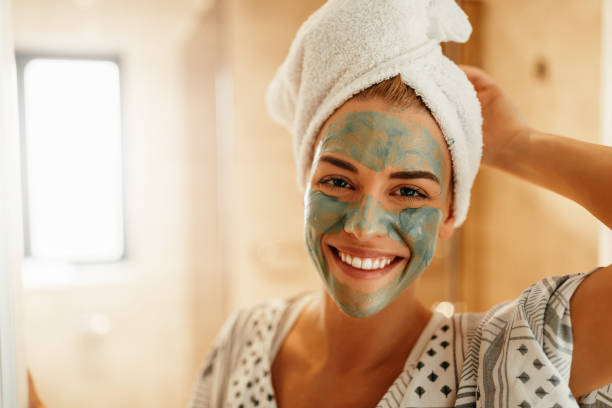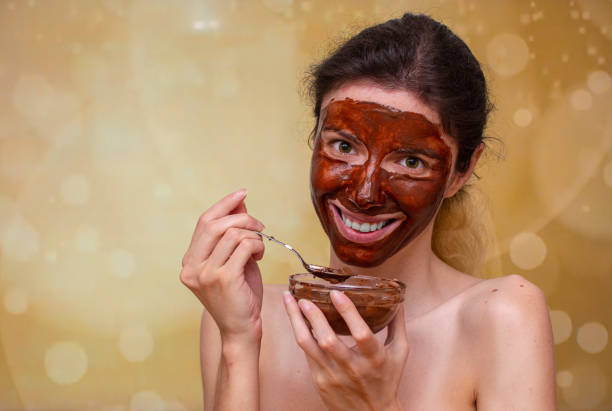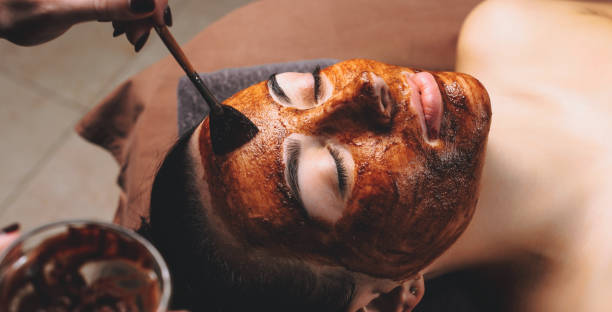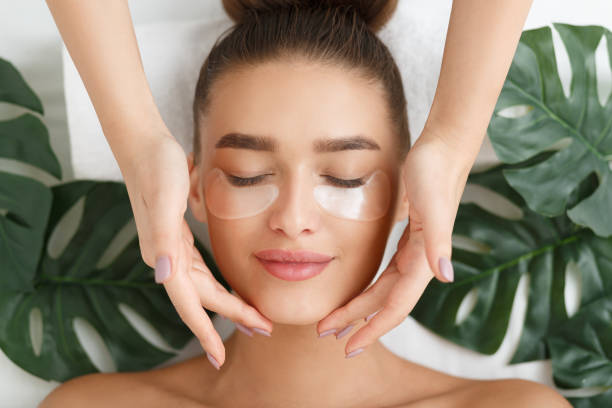The use of masks, peelings and creams is by far not the only thing you can do good for your skin. The saying “true beauty comes from within” can be taken literally in this case. The dermatologist Yael Adler reveals important tips for healthy and clear skin.

Foods for more beautiful skin: These nutrients are important for the complexion of the skin
According to the consumer center, vitamin E is mainly found in vegetable oils and nuts and contributes to a healthier complexion. It reduces the formation of scars and age spots on the skin and is responsible for the fat and moisture balance.
Vitamin C protects the skin from so-called free radicals. These are aggressive oxygen compounds that damage the cells. Vitamin C is found in fresh fruit and vegetables. Ideally, it should be eaten raw and with the skin thoroughly washed.
Vitamin A is responsible for the increased production of collagen in the skin and prevents its breakdown. Basically, collagen is responsible for the elasticity and tension of the skin. It is found in animal products such as fish, egg yolk, liver or milk.
Be careful with milk
However, according to dermatologist Yael Adler, milk should be consumed with caution: “It’s made for calves and stimulates growth hormones, which can lead to blemishes and acne.” Fermented milk products such as kefir, yoghurt and buttermilk are better. They also contain probiotic bacteria that protect the intestinal flora. Adler explains: “If the intestinal flora is strong, the skin is doing really well.”
Although it may sound strange at first, healthy skin also needs fats. Omega-3 fatty acids have anti-inflammatory effects throughout the body and should be ingested from oily fish, avocado, or flaxseed.
But biotin, vitamin B3, the trace element zinc, silicic acid and potassium are also important for all-round healthy skin.
Vegetable foods in particular are important for healthy skin
You should also eat carrots regularly: they contain provitamin A, beta-carotene. This has an anti-inflammatory effect and strengthens the skin’s own UV protection.
For the smokers among you, Yael Adler also has a tip: tomato paste, watermelon and rose hips could be good antidotes: They contain lycopene, an antioxidant that neutralizes free radicals in the skin that are caused by sun exposure and smoking, for example.
Vegetable foods such as Jerusalem artichokes, artichokes, radishes, rocket, asparagus, chicory and salsify are also important for healthy skin. They contain fiber and bitter substances that promote the growth of beneficial intestinal bacteria and improve nutrient absorption and protection against toxins.
While it may sound pretty overwhelming trying to get all of these nutrients through your daily diet. Mainly because the content composition of individual foods is very complex and not only the type of preparation plays a role here, but also the composition of the foods with each other. But it really isn’t as difficult as it sounds.
These foods are harmful to the skin
The most important thing is that you eat a healthy and balanced diet. Red meat, refined sugar, white flour and heavily processed foods should be avoided as far as possible. The menu should consist of the foods mentioned above, whole grain products and legumes.
It is also important not to raise blood sugar levels radically. Dermatologist Yael Adler says: “High blood sugar levels stimulate the sebaceous glands, make the skin oily, promote acne, promote inflammation and make the skin age faster.” Therefore, as mentioned above, you should avoid simple carbohydrates such as white flour and sugar and prefer complex carbohydrates such as whole grains and once cooled potatoes.
Eating the right foods is one thing, but the best way to transport nutrients around the body is to eat the right foods. You should drink at least one and a half to two liters of water or unsweetened tea a day.
Another sensible step for the skin is to avoid alcohol and tobacco. It has been proven that the longer a person has been a smoker, the faster their skin ages. The German Cancer Research Center in Heidelberg (DKFZ) issued this warning. Smoking inhibits blood circulation and ensures that the connective tissue protein collagen is broken down more quickly and rebuilt more slowly. Tobacco consumption increases the risk of developing neurodermatitis, acne, skin cancer or psoriasis due to its negative effect on the immune system.
Skin changes as a sign of Covid-19 disease
Anyone who is already struggling with impure skin in general should avoid any food that causes the blood sugar level to rise rapidly and fuels the release of insulin: dairy products, white bread and fast food. The consequences of their consumption on the skin are inflammation of the sebaceous glands, which lead to pimples.
If you have recently noticed a negative change in the appearance of your skin in the form of pustules, blisters or itchy skin areas, it would be advisable to consult a doctor. These symptoms can be proven to be signs of a Covid-19 infection. Cases have been reported where the effects on the skin were the only symptom, other people they were only ancillary symptoms.



